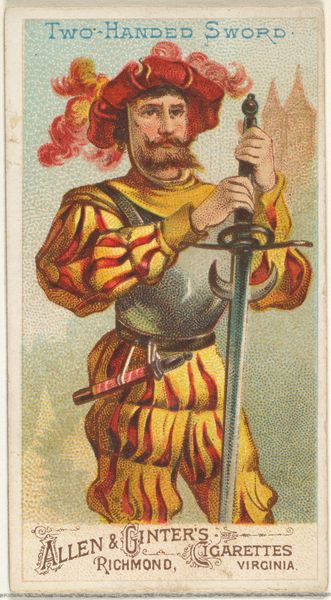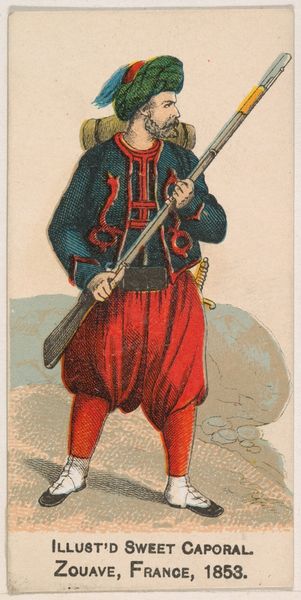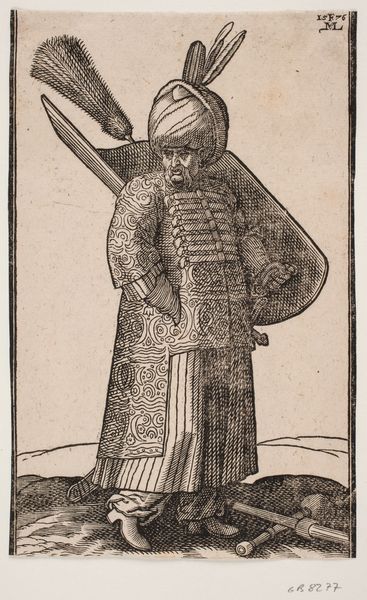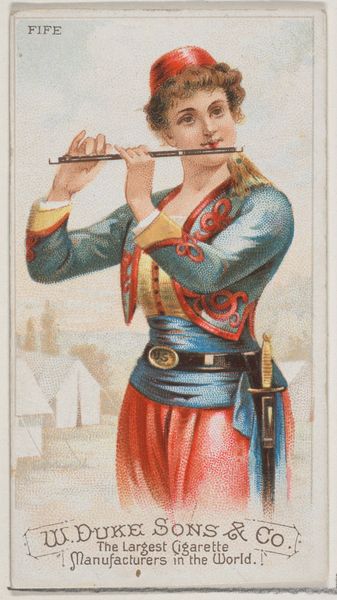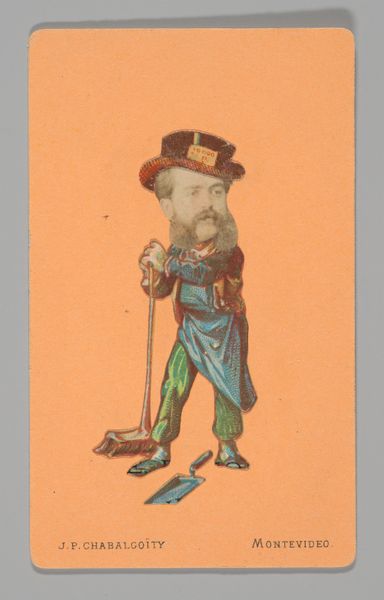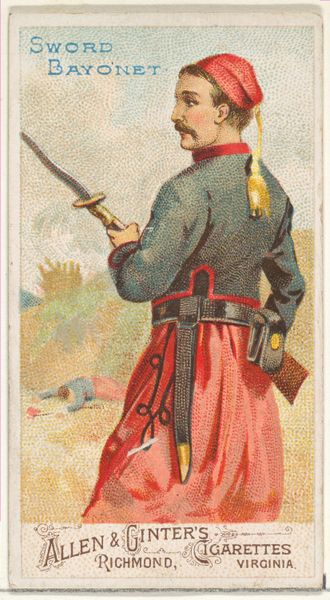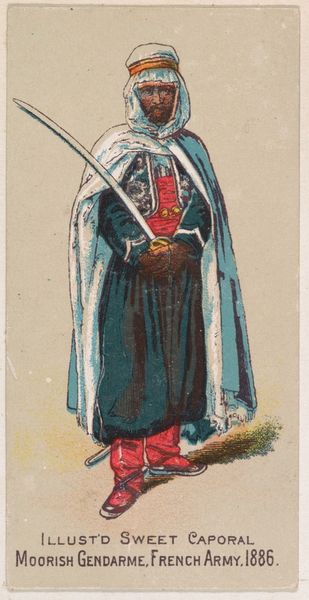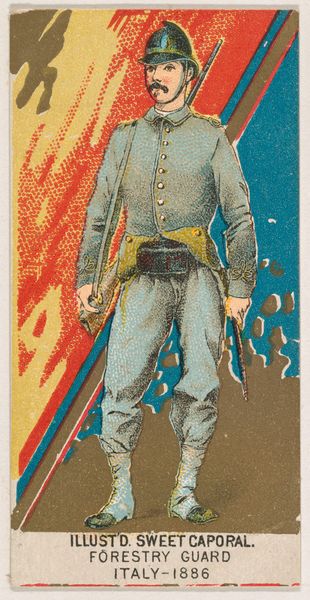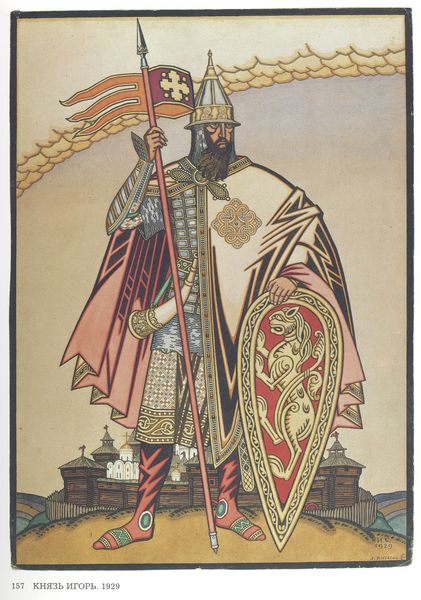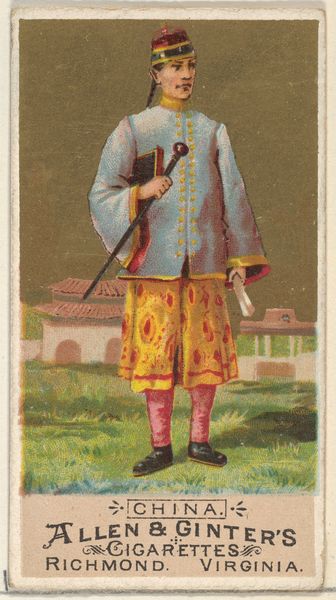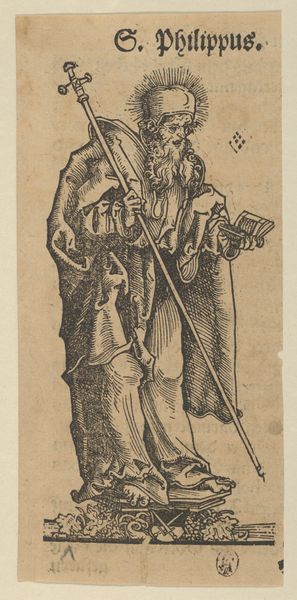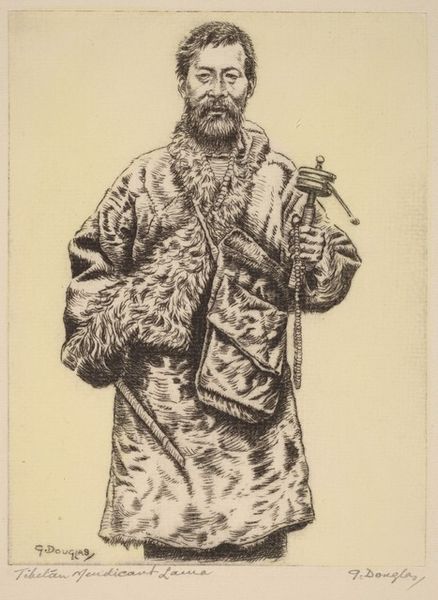
Vanity Fair; Royalty; ‘La Civilisation Russe’, Alexander II, Emperor of Russia, October 16, 1869 1869
0:00
0:00
Copyright: Public Domain: Artvee
James Tissot’s ‘Vanity Fair’ of October 16, 1869, depicts Alexander II, Emperor of Russia, through caricature in ink and watercolor. The image creates meaning through visual codes. Here, Russia is figured as an autocracy whose power rests on violence and the subjugation of the people. Note the small figures under Alexander's feet. Tissot was a French artist working at a time when the relationship between France and Russia was complex. He was working for a British magazine called ‘Vanity Fair’. The visual language of caricature, widely circulated in print, was a powerful tool for shaping public opinion. This challenges existing social norms. To understand this artwork better, we can research Franco-Russian relations in the 19th century. We can look at the history of caricature, at the British press and its representation of foreign powers, and the relationship between art and politics in 19th century Europe. The meaning of art is contingent on such social and institutional contexts.
Comments
No comments
Be the first to comment and join the conversation on the ultimate creative platform.
